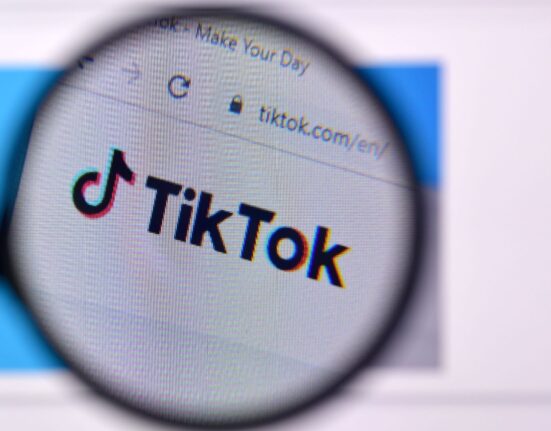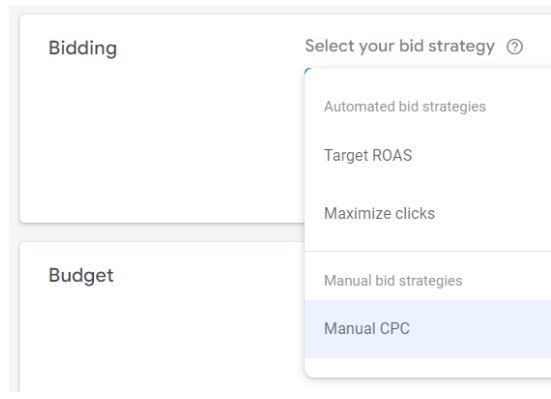The construction industry, accounting for 14.2% of global GDP, is facing a major productivity problem. While other sectors have seen steady growth, construction’s productivity has lagged behind, declining at an average of 1% per year between 1970 and 2020. This has led to losses estimated between $30-$40 billion, with only 8.5% of megaprojects staying on schedule and budget. Adding to this, the industry faces a growing skilled labor shortage.
However, the digital revolution that transformed other industries is now poised to reshape construction—thanks to the power of Artificial Intelligence (AI) and, more specifically, generative AI.
Why Construction Needs Gen AI
Generative AI is capable of analyzing vast amounts of historical project data, streamlining supply chains, optimizing schedules, and automating tasks like contract drafting. From mitigating labor shortages with digital assistants to improving project management with dynamic scheduling and AI-powered digital twins, the potential is enormous. For instance, home builders alone could unlock up to $18 billion in value by using AI.
1. Supply Chain & Procurement: AI for Streamlined Operations
The construction industry manages vast, intricate supply chains involving materials, equipment, and multiple trade partners. AI can revolutionize this by analyzing real-time data on supplier performance, quality control, delivery schedules, and pricing trends. For instance, AI can identify potential bottlenecks—such as material shortages or delayed deliveries—and suggest alternative suppliers based on past collaborations, availability, or supplier quality.
2. Labor Shortages: AI-Powered Digital Assistants for Rapid Onboarding
The construction industry faces a significant labor gap, with many older workers retiring and fewer young people entering the field. AI can help address this issue by deploying digital assistants and co-pilots to assist new hires, project managers, and workers on-site. These AI tools can quickly respond to queries, offer step-by-step guidance, and provide real-time instructions based on project data.
3. Project Management: Enhancing Coordination with AI-Driven Digital Twins
One of the most significant challenges in construction is ensuring that all stakeholders—architects, engineers, contractors, and clients—are aligned throughout a project’s lifecycle. Digital twins, or virtual replicas of a physical asset, are becoming increasingly common for managing projects. AI enhances digital twins by continuously updating them with real-time data from AI-powered cameras, sensors, and drones.
4. Scheduling: AI-Optimized Dynamic Schedules for Better Time Management
Traditional construction scheduling relies on experience and static tools, which often fail to account for unforeseen changes. AI brings dynamic, real-time scheduling to the table. By analyzing historical data, project requirements, resource availability, and external factors like weather or labor availability, AI can generate multiple scheduling scenarios.
5. Quality Control & Compliance: AI for Proactive Error Detection
Navigating the maze of building codes, safety standards, and regulations is another area where AI can shine. AI-driven compliance tools analyze blueprints, construction plans, and on-site conditions to ensure that projects meet the necessary regulatory requirements. These AI systems can flag inconsistencies or potential violations early in the planning stage, helping teams address issues before construction begins. Building a Foundation for AI Adoption











Leave feedback about this